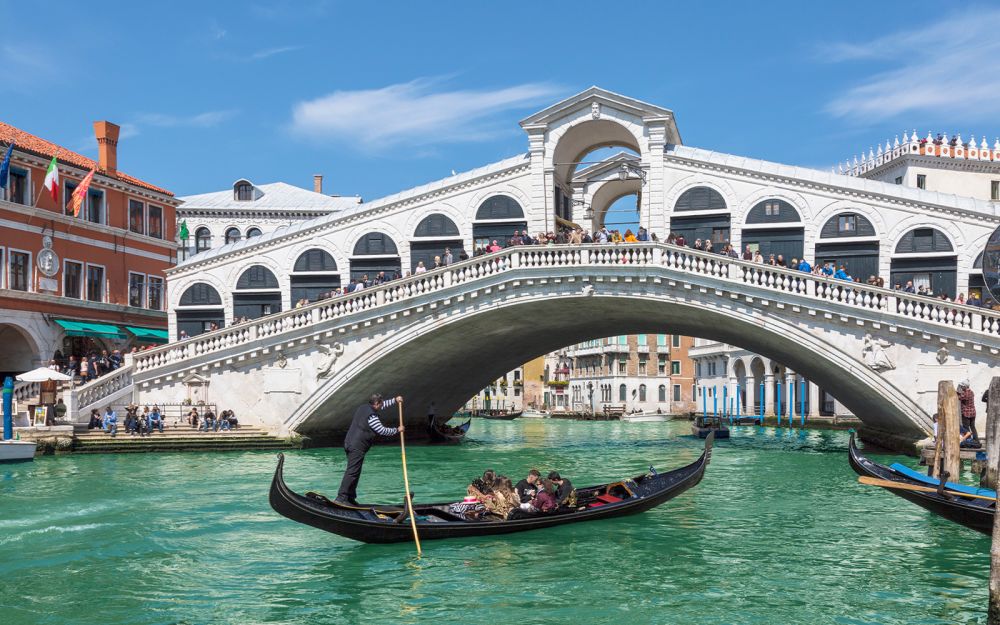

The Grand Canal in Venice, often dubbed "The City of Water," is surrounded by a rich tapestry of Renaissance and Gothic palaces, making it one of the most picturesque and historically significant waterways in the world. The history of tourism associated with the Grand Canal is as deep and winding as the canal itself.
The allure of Venice and its Grand Canal for travelers dates back centuries. Venice was a powerful center of commerce and trade during the Middle Ages and Renaissance periods. This brought a sophisticated clientele of merchants, diplomats, and nobility to its waters. By the mid-18th century, with the growth of the Grand Tour – a traditional trip around Europe undertaken by mainly upper-class European young men of means – Venice became an essential stop for cultured travelers seeking art, history, and the unique experience of this aquatic city.
In the 19th and 20th centuries, improvements in transportation, including rail and steamships, allowed for a broader spectrum of people to visit Venice. Tourism surged, with the Grand Canal being a focal point due to its central location and the many historic sites lining its banks. The canal became a subject of countless paintings, writings, and later photographs, playing a significantly dominant role in Venice's burgeoning allure as a tourist destination.
Today, the Grand Canal is a jewel in the crown of Venice's tourism industry. Visitors flock to glide along its waters in gondolas and vaporetti (water buses) to observe the sublime architecture and immerse themselves in the city's ageless charm. Recent trends have moved towards sustainable tourism, where the emphasis is on preserving the beauty and integrity of the canal and its surroundings. This includes regulated traffic on the waterway to reduce congestion and environmental impact, and promoting the appreciation of Venice's cultural heritage beyond the traditional hotspots.
The Gondola Ride: No tour of the Grand Canal is complete without the iconic gondola ride, offering unique perspectives of palazzos, bridges, and the vibrant Venetian lifestyle.
The Vaporetto Voyage: The practical and popular vaporetto lines along the canal serve both as a means of transport and a touristic experience, showcasing the grandeur of the city from the water.
Palazzo Sightseeing: Palaces such as Ca' Rezzonico and Ca' d'Oro provide deep dives into the opulent past of the Venetian nobility.
Rialto Bridge and Market: The bustling Rialto area continues to be a central hub for commerce and offers an authentic flavor of Venetian daily life, culinary delights, and artisanal craftsmanship.
Despite the overwhelming popularity of the Grand Canal, Venice faces the challenge of over-tourism, which strains the city's resources and the canal's ecosystem. Efforts to channel the tourist flow toward less frequented areas and promoting off-season visitation are part of Venice's strategy to ensure that the Grand Canal can be enjoyed by generations to come without compromising its integrity or the quality of the visitor experience.
The future tourism trends seem to point towards a more conscious form of travel, where visitors become stewards of the places they visit, and Venice, with the Grand Canal as its centerpiece, continues to adapt to offer sustainable and enriching encounters with its timeless allure.